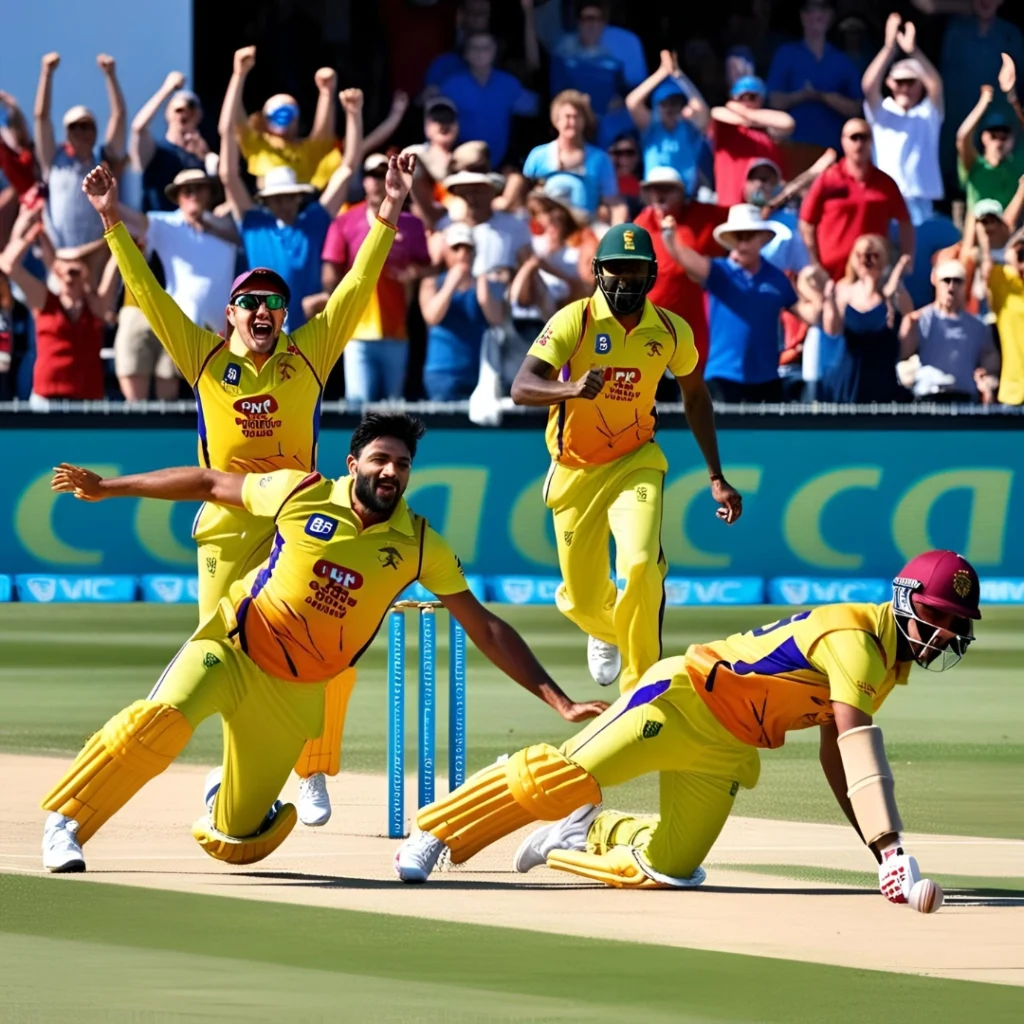Indian Cricket

Cricket pulses through India’s veins like no other sport. It unites millions across diverse regions, languages, and cultures. Players emerge from bustling cities and remote villages alike. The game transcends mere entertainment to become a national obsession.
Origins and Evolution
Indian cricket traces its roots to British colonial times. Yet Indians transformed this imported game into their own cultural phenomenon. The country joined Test cricket in 1932 against England. However, India’s cricketing journey truly accelerated after independence.
India’s first major triumph came with the 1983 World Cup victory. Furthermore, this unexpected success sparked nationwide cricket fever. Since then, the sport has grown exponentially throughout the country. Consequently, cricket has become India’s most celebrated sporting tradition.
The Indian Cricket Structure
Domestic Cricket
The Indian domestic cricket scene thrives with multiple competitive tournaments. Moreover, these competitions serve as proving grounds for emerging talent.
- Ranji Trophy stands as India’s premier first-class tournament
- Syed Mushtaq Ali Trophy features exciting T20 action
- Vijay Hazare Trophy showcases one-day cricket skills
- Duleep Trophy pits the best players against each other

Indian Premier League
The IPL revolutionized cricket worldwide after its 2008 launch. This tournament combines entertainment, business, and sport in unprecedented ways. Teams represent major Indian cities with passionate fan bases. Additionally, international stars join local talents in this two-month cricket extravaganza.
IPL matches flood stadiums with enthusiastic supporters in team colors. The tournament generates billions in revenue annually. Most importantly, it provides a platform for undiscovered Indian talent to shine.
Cricket Culture in India
Cricket permeates every aspect of Indian society. Children play with makeshift bats on streets nationwide. Television viewership numbers shatter records during major matches. Meanwhile, advertisements featuring cricket stars dominate commercial breaks.
Cricket discussions fill tea shops, offices, and family gatherings. Famous players achieve godlike status among adoring fans. Subsequently, their endorsements influence consumer choices across markets. Despite this, new players continuously emerge from humble backgrounds.
Global Impact
India’s cricket influence extends far beyond its borders. The Board of Control for Cricket in India wields immense power internationally. Furthermore, Indian viewership drives global cricket economics. The team’s overseas tours generate massive revenue for host nations.
Indian cricket innovations have transformed the game’s global landscape. The IPL model has inspired similar leagues worldwide. Above all, India’s passionate fan base ensures cricket’s continued growth globally.
Challenges and Future
Indian cricket faces several ongoing challenges. Balancing formats requires careful management from administrators. Player burnout concerns grow with packed schedules. Nevertheless, youth development programs continue expanding nationwide.
The future looks bright for Indian cricket. Women’s cricket gains increasing recognition and support. Rural talent identification systems improve constantly. Meanwhile, cricket infrastructure develops in previously underserved regions.
Conclusion
Indian cricket represents more than sport—it embodies national identity. Players carry the hopes and dreams of over a billion people. The game connects generations through shared moments of triumph and heartbreak. Therefore, cricket will remain India’s beloved pastime for generations to come.
From dusty village grounds to world-class stadiums, cricket unifies India. It inspires countless young athletes to pursue their dreams. Additionally, it provides endless entertainment to millions of passionate fans. Most importantly, Indian cricket continues evolving while honoring its rich traditions.






